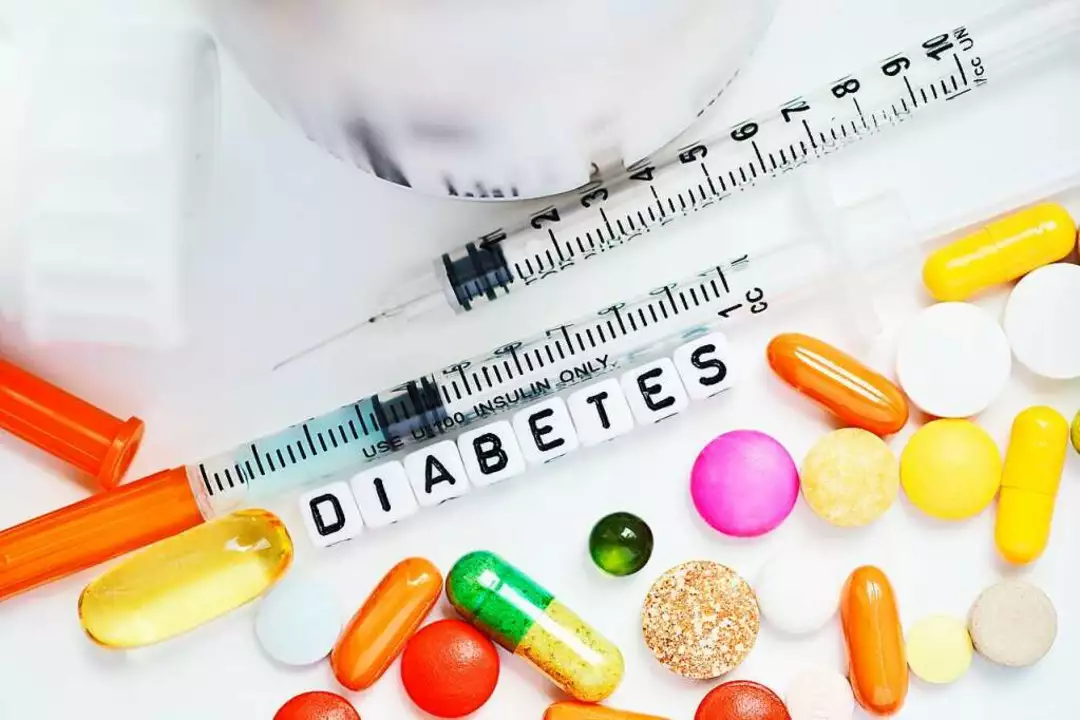Empagliflozin: A Simple Guide to Managing Diabetes
If you're living with type 2 diabetes, chances are you've heard about empagliflozin. It's a medication designed to help lower your blood sugar by getting your kidneys to flush out extra glucose through urine. Sounds straightforward, but what's really behind this drug? Let’s unpack the essentials so you know what it does and how it might fit into your treatment plan.
Empagliflozin belongs to a class of drugs called SGLT2 inhibitors. They work by targeting a protein in your kidneys that reabsorbs sugars back into your blood. By blocking this protein, empagliflozin helps your body get rid of excess sugar, which typically leads to better blood sugar control. People using it often see improvements not just in glucose levels but also sometimes in weight and blood pressure.
What to Expect When Taking Empagliflozin
When starting empagliflozin, you'll likely notice increased urination—since that's how the sugar leaves your body. This can lead to dehydration, so it's important to drink plenty of water. Some users might experience side effects like urinary tract infections or yeast infections, especially women. These happen because sugar in the urine creates an environment where bacteria and yeast can grow more easily.
It's also worth noting that empagliflozin has benefits beyond just blood sugar control. Studies show it can reduce the risk of heart problems and protect your kidneys, which is a big deal for those with diabetes since both heart and kidney issues are common complications. Still, it's important to have regular check-ups with your doctor to monitor your health and make sure this medication is the right fit.
Practical Tips for Using Empagliflozin Safely
Keep track of your blood sugar levels regularly and report any unusual symptoms to your doctor. Avoid dehydration by drinking water throughout the day, especially if you notice you're urinating more frequently. Since empagliflozin can raise your risk of infections, practice good personal hygiene and wear breathable clothing.
Also, let your healthcare provider know if you have other health conditions like kidney problems or take other medications. Empagliflozin isn’t suitable for everyone, especially those with severe kidney issues.
To sum it up, empagliflozin can be a powerful tool in managing type 2 diabetes, offering more than just blood sugar control. But like any medication, understanding how it works and taking the right precautions will help you get the best results safely. If you have questions or concerns, your healthcare provider is the best person to guide you.

How to incorporate empagliflozin into your diabetes care plan
Incorporating empagliflozin into my diabetes care plan has been a game-changer. As a type 2 diabetic, adding this medication to my daily routine has significantly improved my blood sugar control. I've been able to reduce my reliance on insulin, and I've even experienced weight loss as a bonus. Of course, it's important to remember that empagliflozin is just one piece of the puzzle, and maintaining a healthy diet and exercise regime is crucial too. Overall, I highly recommend discussing empagliflozin with your healthcare provider to see if it could be a beneficial addition to your diabetes management plan.
Read More